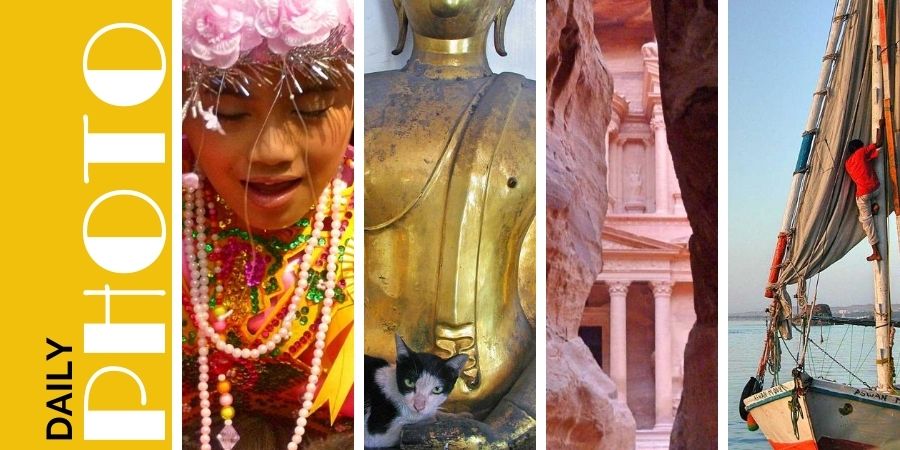| advert | Stay Free as a House Sitter. The Win Win for Pet Lovers That Travel
We might have been cycling down the dark main street of Nyaung U without any lights on our bikes but at least we were cycling the right way down the dark main street of Nyaung U without any lights on our bikes. We were learning the exhilarating way that when it comes to road rules the Burmese have a laissez faire attitude.
Out of town the traffic is far less dense. This, combined with the big fiery orb hanging in the midday sky, allowed us to peddle our way around the region with enough confidence to take in the holy remains of the capital of the Bagan Kingdom. The direct sun might have left dissatisfaction with some of the photos I was taking but it did illuminate the immediate vicinity. We could see any scooters and bikes coming straight at us down our side of the road.
Once the sun set the willingness of the Burmese to take short cuts down the wrong side of the street, an absence of bicycle lights and a lack of street lighting in Nyaung U – the bit of Bagan with all the cheap(er) accommodation – presented an obstacle to our getting home in one piece. At best we had a warning of a few seconds as shadowy bike shaped missiles shot out of the gloom and across or against our path.
By the second day we knew if lights were mounted on our hired bikes they didn’t work and a decision had to be made. Did we start home early and make it home before dark, or did we stay longer and risk a head on collision to watch the lengthening shadows of Bagan’s multitude of temples? What would you have done?
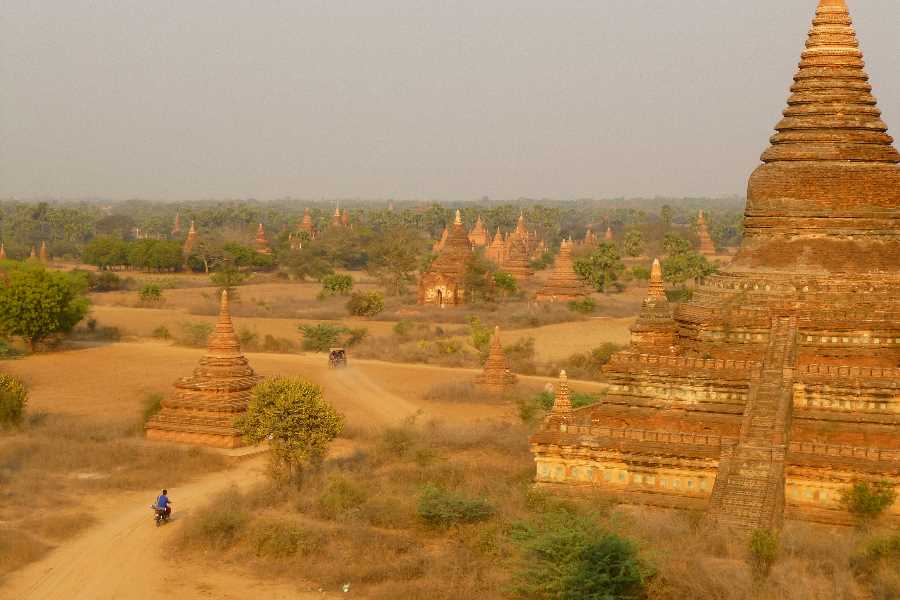
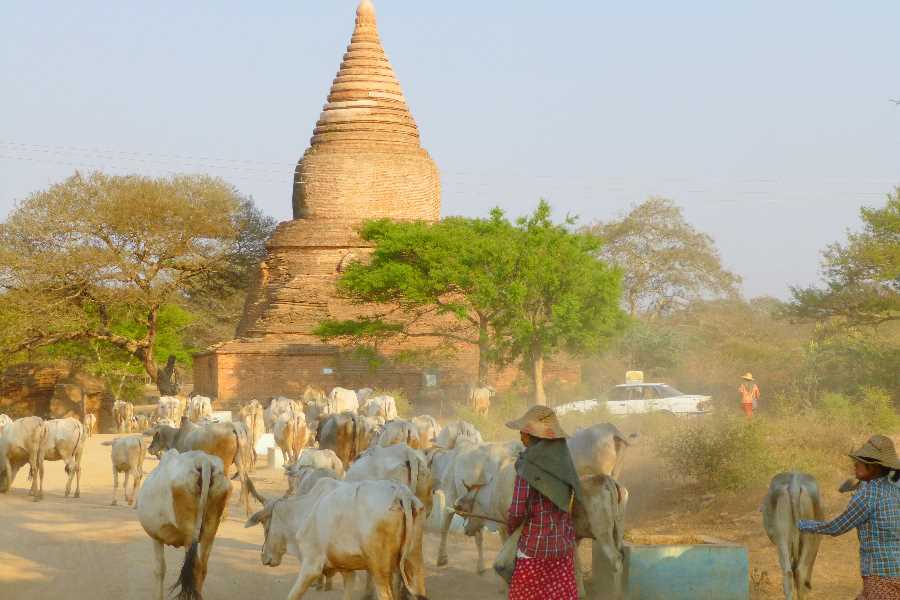
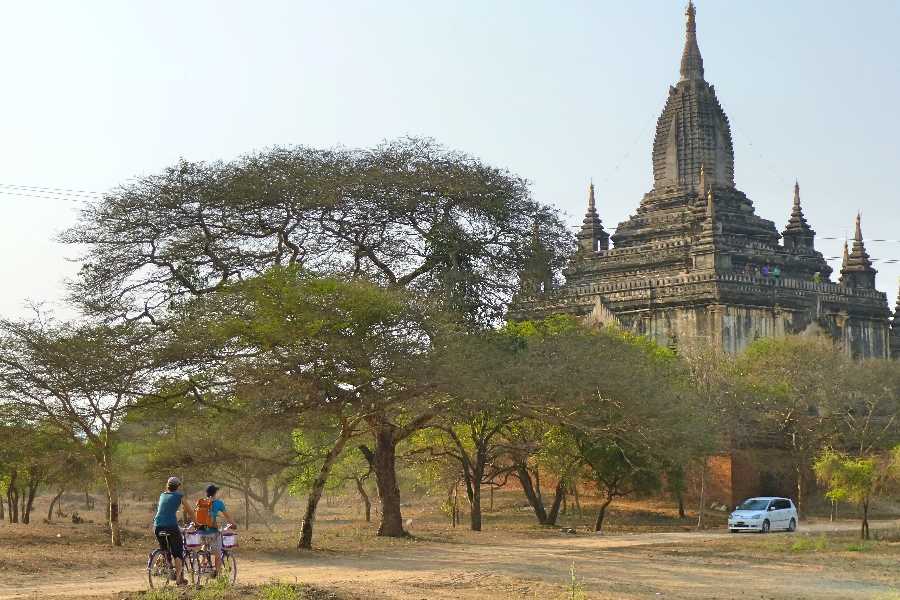
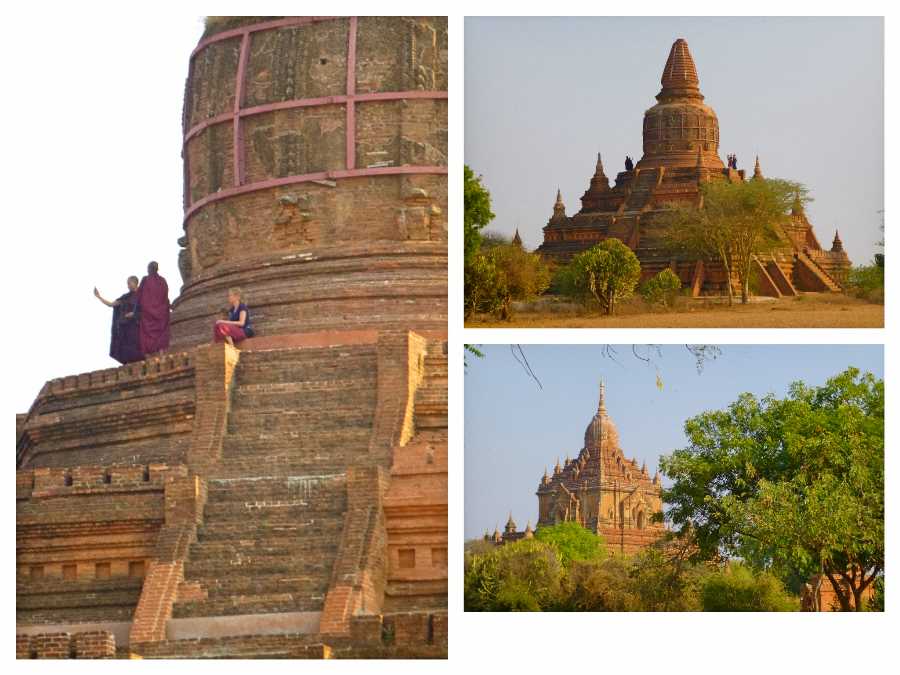
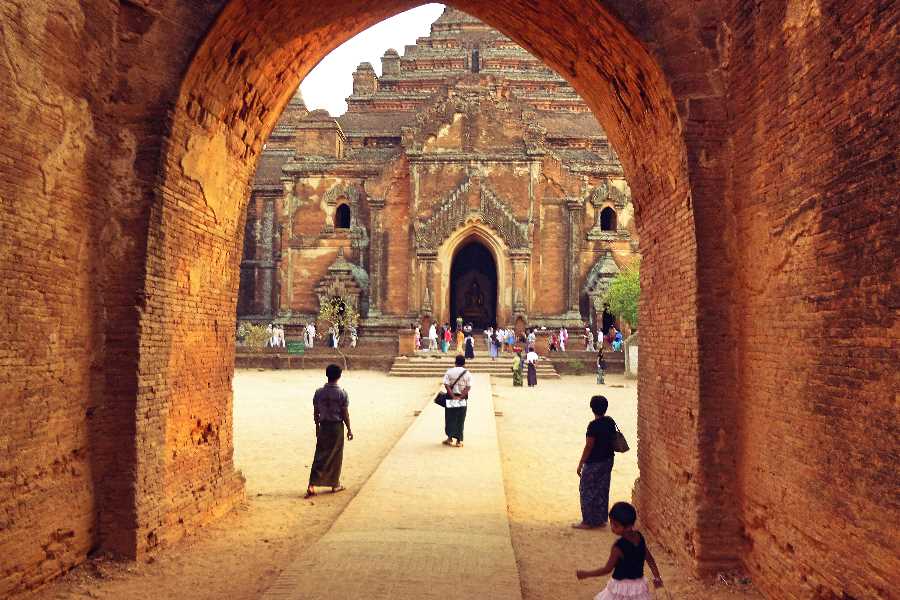
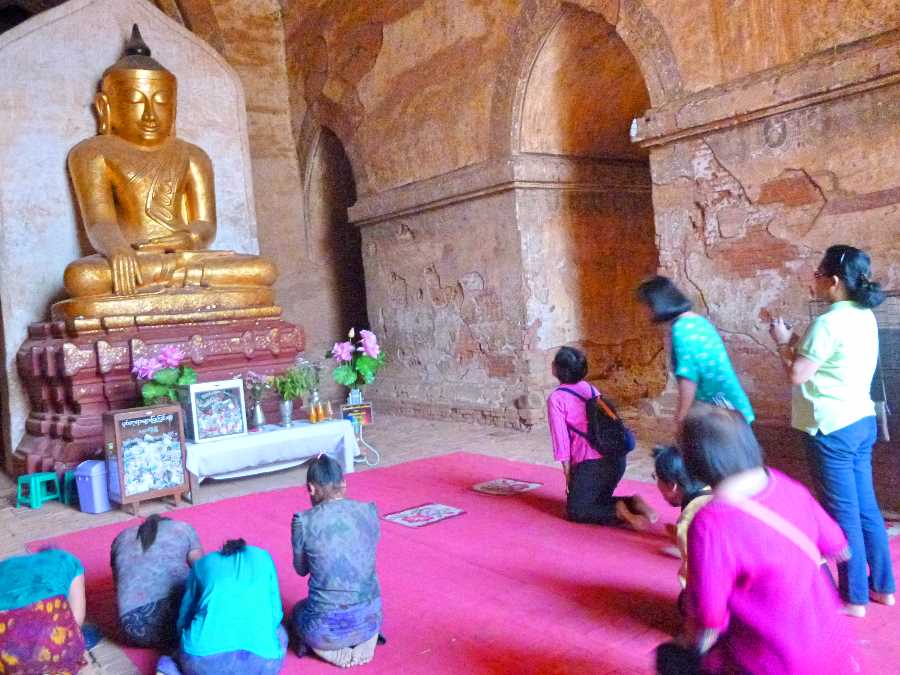
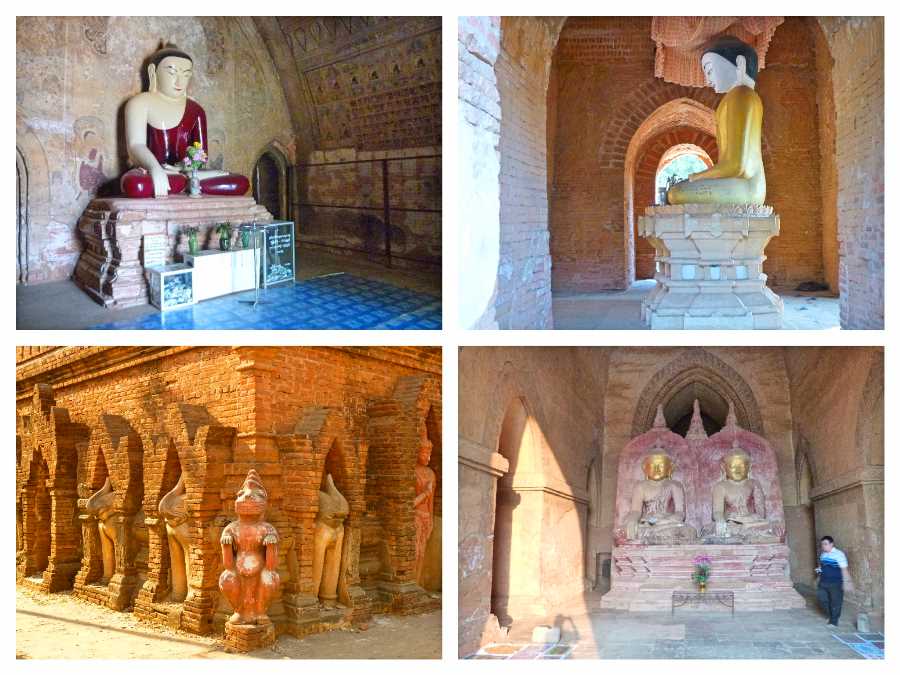
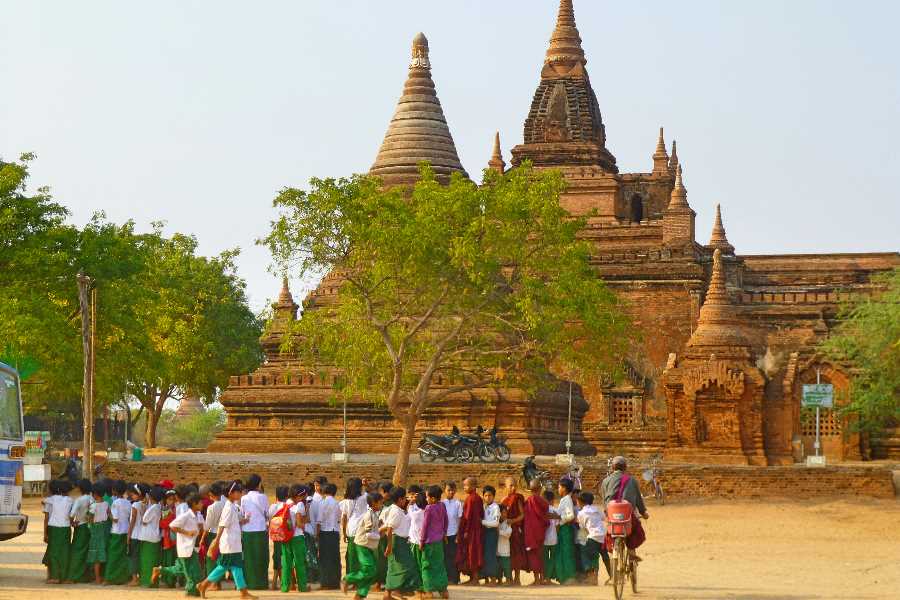
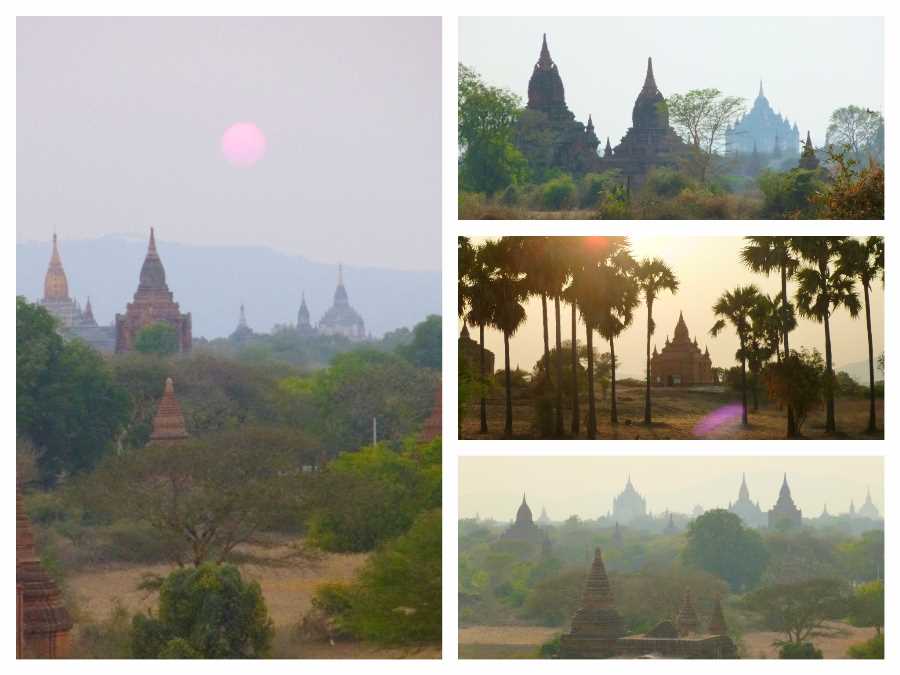
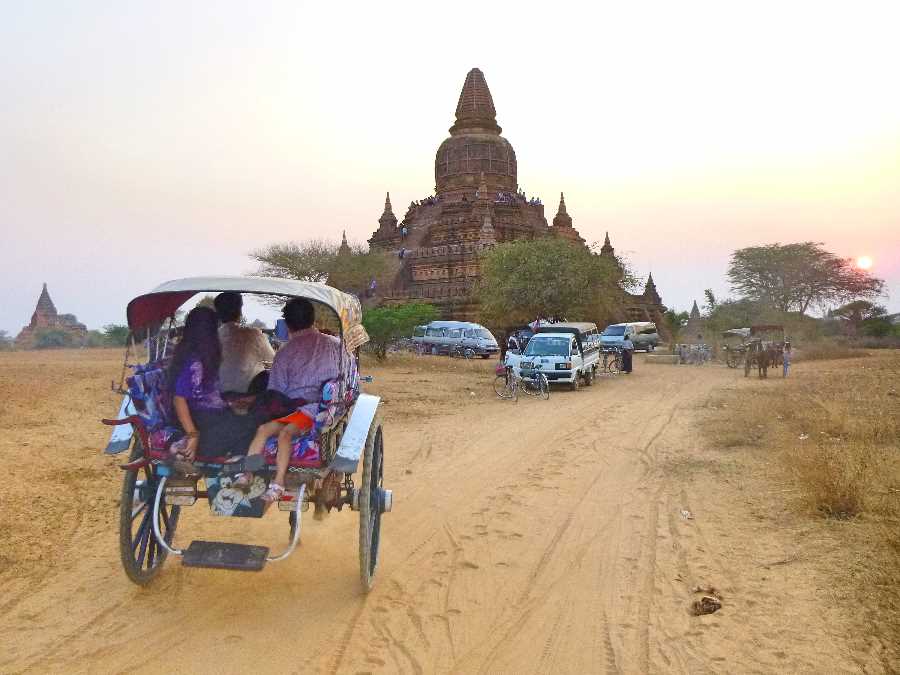
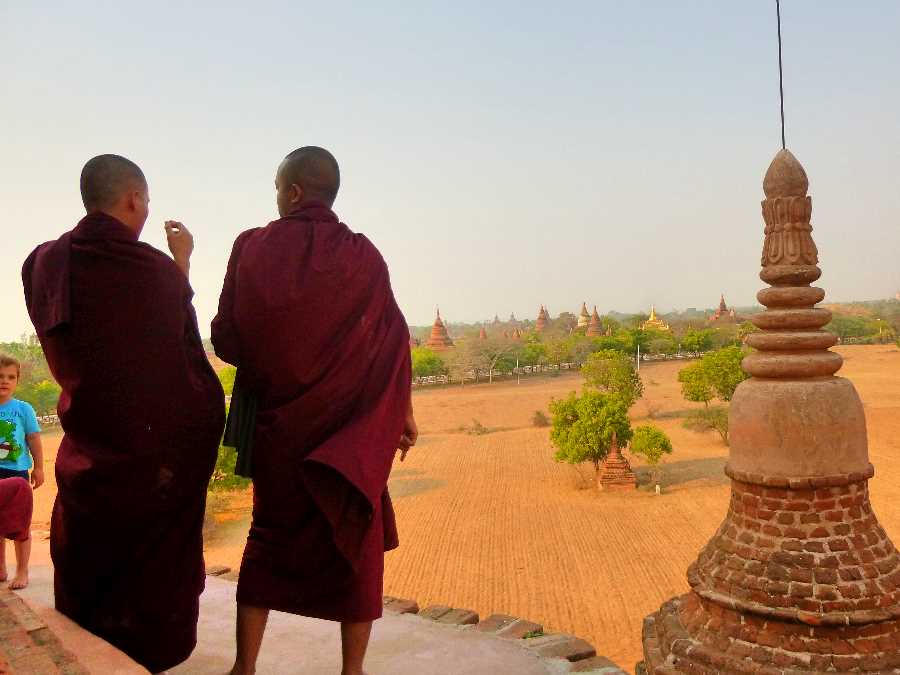
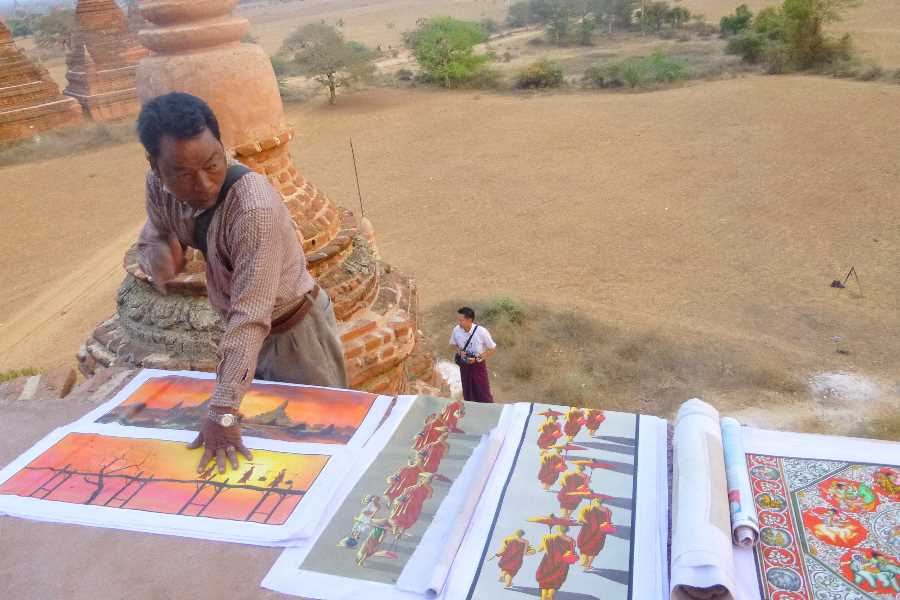
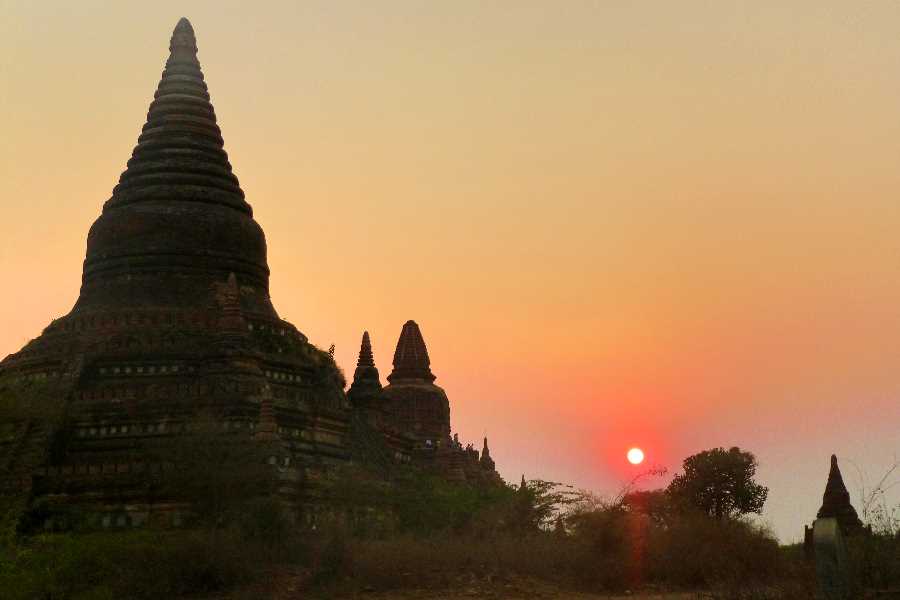
Get Our Newsletter

